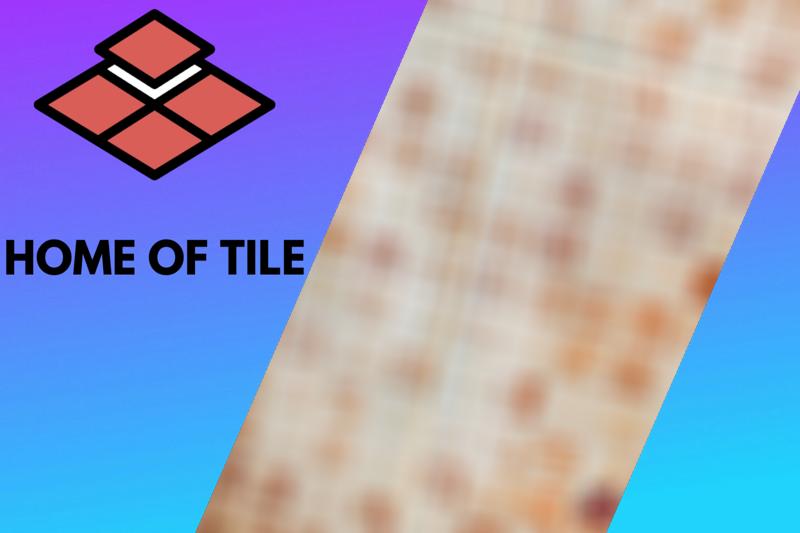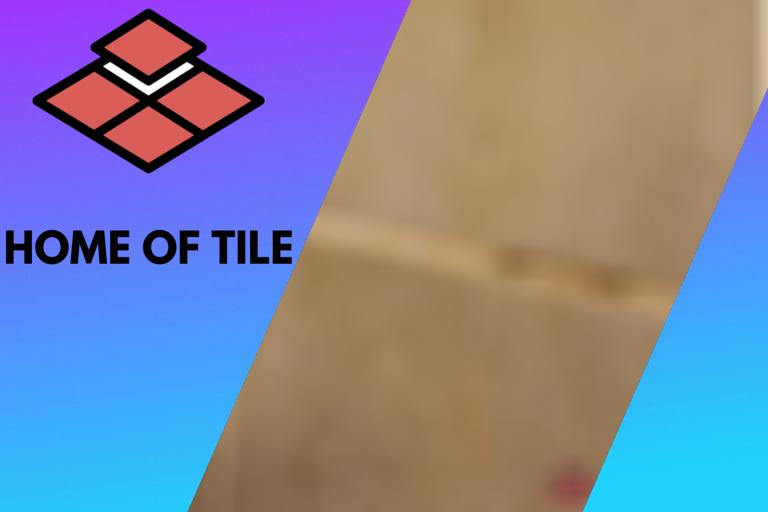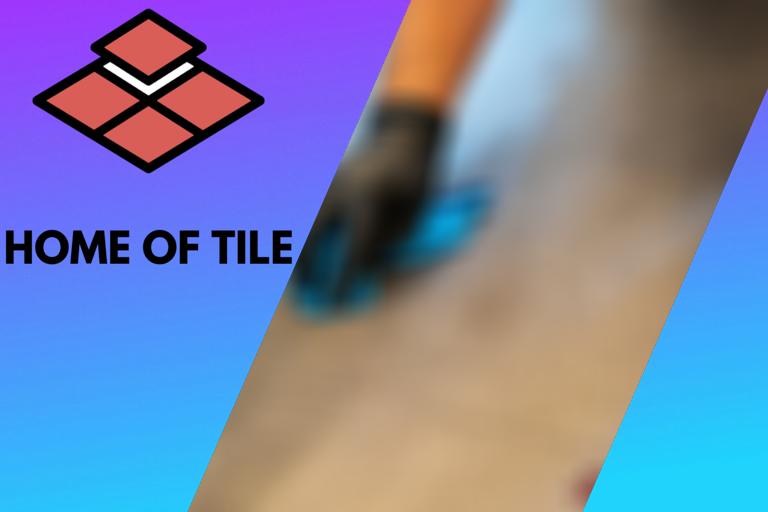How To Remove Grout Haze From Porcelain Tile. What pros say
You probably chose porcelain tiles for your kitchen because you were sold on the idea that they won’t stain easily. If you aren’t familiar with grout haze, you’ll naturally be horrified when you realize that the residue on the tiles cannot be wiped away easily. But don’t worry; there are ways to eliminate grout haze.
Grout haze can be removed from porcelain tiles using vinegar mixed with warm water. However, a commercial grout-haze remover may be needed to eliminate grout haze that has cured and accumulated dirt over a long time.

There are quite a few ways to remove grout haze from porcelain tiles. I’ll list them in this article and explain how each method works. But first, there are some things you need to know about grout and grout haze so you can pick the method that’s right for you.
Contents
The Different Types of Grout and Grout Haze
Grout is used to fill the spaces between tiles to prevent water from seeping through them. There are two common types of grout, one with cement as the active ingredient and the other with epoxy resins.
Grout haze is caused when excess grout remains on the tiles after grouting. This residue offers an additional surface area for dirt. The accumulated grime makes the haze harder to clean and makes the tile more unsightly over time.
The sooner you tackle grout haze, the easier it is to clean up. But it’s better to wait at least a day for the grout to set so that you won’t inadvertently wipe away some of the grout itself.
Methods to Remove Grout Haze
Let’s see how we can make that grout haze on your porcelain tiles disappear.
● Option 1: Use a Mild Detergent or Surface Cleaner
When most people see grout haze, their first instinct is to clean the tiles as they normally would: with a surface cleaner or a mild detergent mixed with water. And guess what? It may just work, especially if the tiles were grouted just a day or two earlier.
You can use a microfiber cloth, sponge, or scouring pad to remove the grout haze. Wipe or scrub in short one-directional strokes to ensure you don’t brush the grout residue onto unaffected tiled areas. For the same reason, rinse the cloth or sponge frequently.
It’s hard to see grout haze when the tiles are wet. So wait until the tiles have dried to check whether the cleaning has worked. If most of the haze is still on the tiles, it’s time to try another method.
● Option 2: Use White Vinegar With Water
Vinegar is a commonly used cleaning agent because its acidic nature makes it effective in cleaning most types of grime and dirt, including the minerals that make up the bulk of grout haze.
First, you need to dilute the white vinegar. Here’s how you do that:
- Step 1. Ready the vinegar: Pour a glass of vinegar into a wide-mouthed container.
- Step 1. Add water: Add three glasses of warm water.
- Step 1. Mix the solution: Mix well.
- Step 1. Use a spray bottle: Transfer the solution into a spray bottle.
Now that you have created your own grout-haze remover, it’s time to put it to the test. Using the solution involves just a few simple steps:
- Step 1. Wipe the tiles: Wipe the tiles with a wet cleaning cloth.
- Step 2. Spray the solution: Spray the solution over the grout haze.
- Step 3. Wait 10 min: Let it sit for 10 minutes.
- Step 4. Wipe the tiles: Wipe the surface clean with a rag or cleaning cloth.
- Step 5. Scrub the area: With a scouring pad, scrub hard to prise away the grout residue still sticking on the tiles.
- Step 6. Rinse the area: Rinse the tiled area well with water to remove all traces of vinegar.
As with regular cleaning, wait for the tiles to dry to check if the grout haze is gone. You may have to try cleaning your tiles with vinegar a few times before you see results. If it doesn’t look like the grout haze is coming off easily, try increasing the proportion of vinegar in the solution.
● Option 3: Use Lemon Juice
Lemon juice contains an acid (citric acid) and works the same way as vinegar. Freshly squeezed lemon juice is preferred because the juice sold in supermarkets may contain preservatives and additives that may hinder the cleaning process.
Here’s how you can use lemon juice to clean grout haze:
- Step 1. Add lemon juice and water: Add five tablespoons of concentrated lemon juice to 6 oz (170 ml) of warm water.
- Step 2. Mix the solution: Mix well to make the cleaning solution.
- Step 3. Apply the solution: Using a sponge, apply the solution to the grout haze and leave it to soak for up to 10 minutes.
- Step 4. Scrub the area: Scrub hard with a scouring pad.
- Step 5. Rinse the area: Rinse well with water to remove all traces of lemon juice.
● Option 4: Use Lacquer Thinner
Lacquer thinner is a mix of solvents typically used to dissolve lacquer-based paint. However, it can also be used to clean grout haze. To use, dip a small section of a cleaning cloth in lacquer thinner and scrub away the grout little by little. Once done, rinse the tiles with water, and wait for them to dry to confirm if the thinner has done its job.
● Option 5: Use a Commercial Grout-Haze Remover
There are several commercially available grout-haze removers in the market. It’s important to read their labels carefully because not all products can be used for all types of grout haze or tiles.
Grout comes in two types – cementitious or epoxy. You’ll have to pick an appropriate haze remover depending on the formulation of your grout. Additionally, ensure that the grout you pick up is suitable for porcelain tiles.
Also, don’t buy grout removers or grout cleaners, as these products perform completely different functions.
● Removing Grout Haze From Porcelain Tiles: Safety Tips
Since most of the methods detailed above use acidic substances, chemicals or detergents, do wear latex or nitrile gloves to protect your hands and skin. Also, wear a facemask to limit inhalation of harmful chemical fumes and don safety goggles to prevent exposing your eyes to the cleaning solution.
Final Thoughts
Grout haze usually comes with the territory when you install tiles, but don’t let it be a permanent scar on your floor or walls. Choose an appropriate cleaner like vinegar or lemon juice to remove the grout haze and make your porcelain tiles shine.








